When does a person be with himself? Could it be when one’s head hits the pillow? Or sitting still? First of all, there is the confrontation with what happened. Then the week, the months... Nothing seems to be disconnected from each other; our states of yesterday, today, and tomorrow melt in one pot. Then there are dreams after we put our heads on the pillow. Sometimes people and events from our daily life come into our dreams, it is relatively easy to understand. But sometimes they come in different ways, independent from the known roles, times, places. That is when we falter.
The English word dream has more than one meaning. The first is the world we enter while we sleep at night. The other represents our goals and our effort to draw an image for the future. There is also daydream through which we visualize something in our mind. It may be a moment in the past, or a situation we wish to be in today. The difference between a daydream and a normal dream is that we can control the former but not the latter. However, both are free from the rules of normal life.
There are also fables. A world where, historically, we let go of our irrational side. Turkish fables begin with “Once there was, once there was not”. Like “to be or not to be”. Then it continues: “… when the camels were town criers, the fleas were barbers; when the donkey is the sealer, and the mule is the gunsmith”. It tells us that anything can happen. And it continues: “when I was rocking my father's cradle ...” Here it gives the real clue: time in time. We were genetically present even in our father's infancy. We perhaps admired our mother's sparkling eyes even when she was a child. Back then we longed for the future, now for the past. Everything is in the moment, only in different temporal dimensions, like a dream tense.
In the first dream scene in Ingmar Bergman's (1957) Wild Strawberries, we see Professor Borg as if he were in a horror film. It highlights his fear of death and his will to relieve himself from his regrets. Is this surreal or is it the professor's truth? The metaphors we see in the film seem out of the ordinary when we compare them with daily life. However, they serve as a kind of language in describing the professor's inner world visually.

Professor Borg sees himself in an empty street with a clock on the wall which has no hour and minute hands, but eyes. He then sees an almost faceless man, as if his identity is defined by the clock. The a horse-drawn hearse comes, rocking like a cradle from which a coffin falls to the ground, or thrown to life. A birth? A hand comes out of the coffin that pulls him inside. It is also him. He emerges like his own shade as Jung may put it. Confrontation? Sara, his childhood love who married his brother, puts the mirror on his face in another dream scene, saying "You know so much, and you don't know anything." It is the greatest illusion of modern society that we know everything.

In Wild Strawberries, dreams are part of the narrative and set up a parallel world on a long car ride. Both real-life images and dreams let us gain meaning in a holistic way.
The dreams show us things we miss seeing in life. And they mirror ourselves back to us. In fact, they bring us back to ourselves as life takes us away over time...
As the legend Turkish singer Sezen Aksu says in her song "I am aware":
My heart ached so much that I finally looked from the other side
What should I see? I was further from myself than the stars
What about your mirror?
Stay with love.







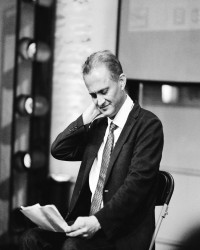







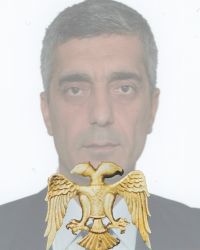


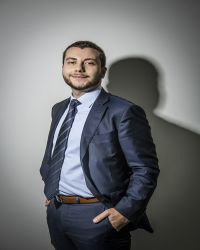

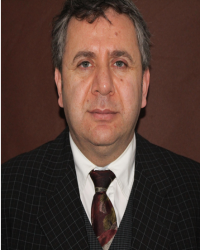
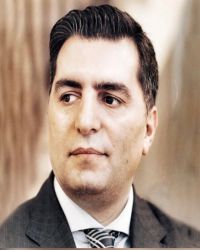

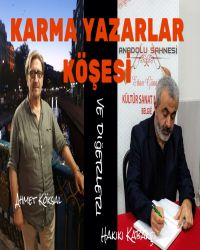
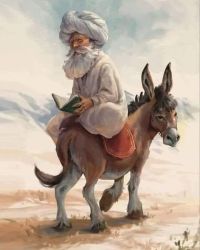

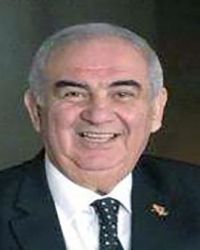
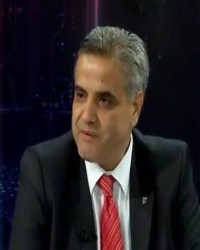

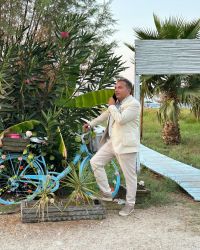
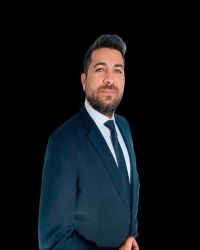
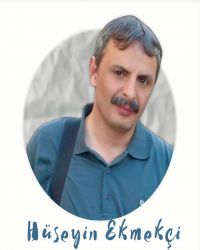



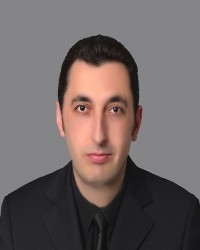







Yorum Yazın
Facebook Yorum